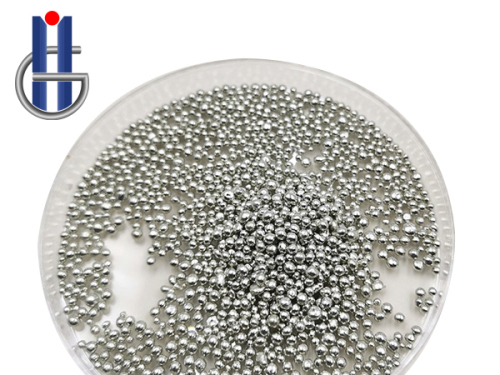Introduction:
High melting point solder has emerged as a critical component in various industries, playing a pivotal role in electronic manufacturing, aerospace, and other advanced applications. In this article, we will delve into the characteristics, applications, and benefits of
high melting point solder, shedding light on its importance in the realm of modern technology.
The Characteristics of High Melting Point Solder
Elevated Temperature Stability:
High melting point solder, as the name suggests, exhibits exceptional stability at elevated temperatures. This characteristic is crucial in applications where exposure to high heat is common, ensuring the integrity of soldered connections.
Robust Mechanical Strength:
Unlike traditional solder alloys, high melting point solder alloys offer superior mechanical strength, contributing to the overall durability and reliability of soldered joints. This is particularly advantageous in applications subjected to mechanical stress and vibration.
Wide Range of Alloys:
High melting point solder is available in a variety of alloys, allowing for customization based on specific application requirements. Common alloy compositions include silver, copper, and various combinations tailored to meet the demands of different industries.
Applications in Electronic Manufacturing
Power Electronics:
High melting point solder is extensively used in power electronic devices, where components are exposed to elevated temperatures due to increased power densities. Its stability ensures the longevity and efficiency of power electronics.
Aerospace and Defense:
The aerospace industry relies on high melting point solder for critical applications where temperature variations, extreme conditions, and mechanical stresses are prevalent. Soldering connections in avionics and defense equipment demand the reliability provided by these advanced alloys.
Automotive Electronics:
With the growing complexity of automotive electronics, high melting point solder finds application in soldering connections within engine control units, sensors, and other critical components that experience high temperatures during operation.
Benefits of High Melting Point Solder
Reliability in Extreme Environments:
The ability of high melting point solder to withstand extreme temperatures and harsh environmental conditions makes it an ideal choice for applications where conventional solder may fail.
Extended Service Life:
The robust mechanical strength and temperature stability contribute to the longevity of soldered joints, reducing the need for frequent maintenance and enhancing the overall reliability of electronic systems.
Compatibility with Lead-Free Initiatives:
Many high melting point solder alloys are formulated to meet lead-free requirements, aligning with global initiatives to reduce environmental impact and comply with regulatory standards.
Conclusion
As technology continues to advance, the demand for high melting point solder grows, driven by its exceptional characteristics and diverse applications. From aerospace to automotive electronics, this advanced soldering solution plays a crucial role in ensuring the reliability, longevity, and performance of electronic systems in the face of challenging operating conditions. Embracing high melting point solder represents a key step toward achieving enhanced technological capabilities and resilience in the modern industrial landscape.



 High Purity Tin Ingot: Crucial Applications and Benefits
High Purity Tin Ingot: Crucial Applications and Benefits
 Pure Tin Ingot: Essential Material for Diverse Industrial Applications
Pure Tin Ingot: Essential Material for Diverse Industrial Applications
 Unlocking the Potential of Pure Tin Bars: Essential Components for Diverse Industries
Unlocking the Potential of Pure Tin Bars: Essential Components for Diverse Industries
 Lead Bar for Sale: Uses, Specifications, and Buying Considerations
Lead Bar for Sale: Uses, Specifications, and Buying Considerations